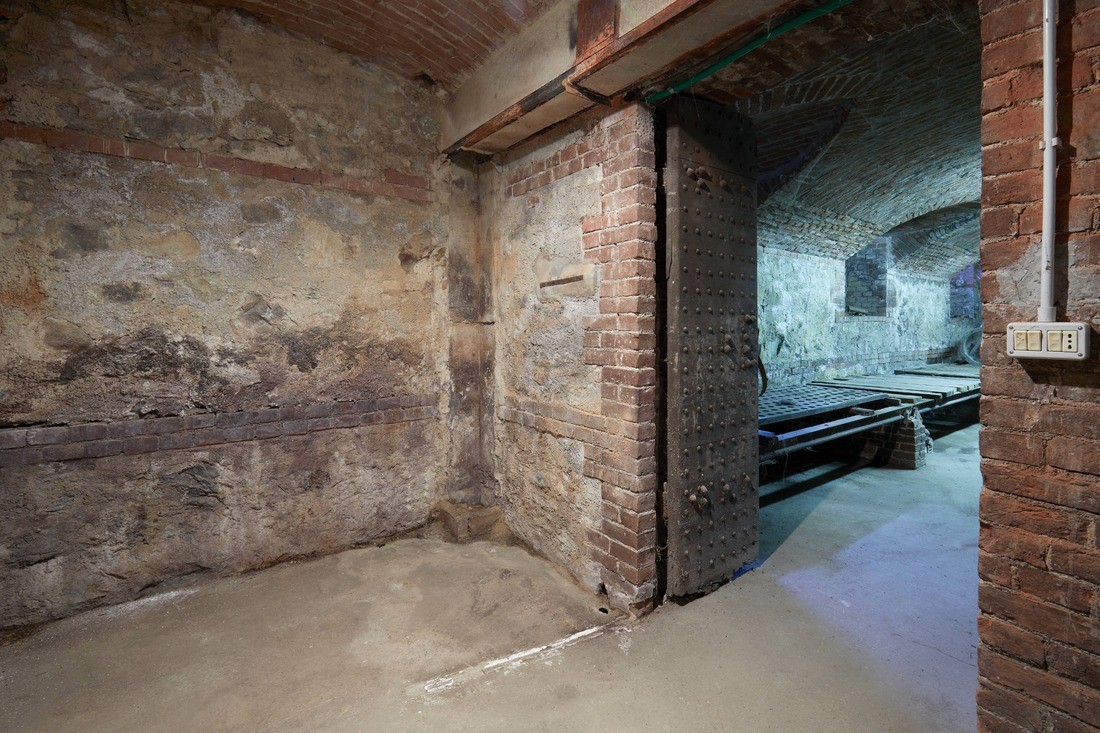
Introduction
Water damage is a common issue that many homeowners face, especially in basements. When a basement floods, it can cause significant damage to appliances, leading to expensive repairs or even replacements. In this article, we will discuss various ways to protect basement appliances from water damage, ensuring their longevity and minimizing the risk of property damage.
Understanding the Risks

Basements are particularly susceptible to water damage due to their location below ground level. Factors such as heavy rainfall, poor drainage systems, plumbing leaks, or even natural disasters can lead to basement flooding. When a basement floods, appliances such as washers, dryers, water heaters, and HVAC systems are at risk of sustaining water damage.
The Consequences of Water Damage
If basement appliances are exposed to water damage, several consequences can occur:
- Electrical components of appliances can short-circuit, rendering them unusable.
- Water can cause appliances to rust, corrode, or deteriorate over time.
- Mold and mildew growth can occur, posing health hazards and further damaging appliances.
- Water damage may void warranties or insurance coverage for appliances.
- Property damage may extend beyond the appliances themselves, affecting the structure and contents of the basement.
Preventing Water Damage

1. Ensure Proper Drainage
One of the most effective ways to protect basement appliances from water damage is to ensure proper drainage in and around the basement. Here are some steps you can take:
- Inspect and clean gutters regularly to prevent water overflow and leaks.
- Ensure downspouts direct water at least six feet away from the foundation.
- Grade the soil away from the foundation to encourage proper water runoff.
- Install French drains or sump pumps to remove excess water from the basement.
2. Install Water Alarms
Water alarms can detect the presence of water in your basement and alert you immediately. By installing water alarms near basement appliances, you can be notified of potential leaks or flooding early on, allowing you to take quick action and prevent extensive water damage.
3. Waterproof Your Basement
Consider waterproofing your basement to provide an extra layer of protection against water intrusion. Some methods of basement waterproofing include:
- Sealing cracks or gaps in the foundation walls.
- Applying a waterproof sealant to the basement walls and floors.
- Installing a drainage system, such as a French drain or interior weeping tile.
4. Elevate Appliances
If your basement is prone to flooding, consider elevating your appliances on raised platforms or shelves. This can help keep them above the water level in the event of a flood, minimizing the risk of water damage. Make sure the platforms are sturdy and secure to prevent any accidents.
5. Install Backflow Prevention Devices
Backflow prevention devices can help prevent sewage or wastewater from flowing back into your basement. These devices are typically installed on the main sewer line and ensure that water only flows in one direction, away from your property. By preventing backflow, you can avoid sewage backups and reduce the risk of water damage to basement appliances.
What to Do If Water Damage Occurs
Despite taking preventive measures, water damage may still occur in your basement. If you discover water damage or flooding, follow these steps:
- Ensure your safety: Turn off the electricity supply to the basement to reduce the risk of electrical hazards.
- Address the source: Identify and address the source of the water intrusion, such as a burst pipe or faulty sump pump.
- Extract the water: Use a submersible pump, wet vacuum, or hire a professional water restoration company to extract the water from the basement.
- Remove damaged items: Remove any damaged appliances or items from the basement to prevent further contamination or mold growth.
- Dry the area: Use fans, dehumidifiers, and open windows to facilitate drying. Consider hiring professionals to ensure thorough drying and prevent mold growth.
- Assess the damage: Contact your insurance provider and document the damage for insurance purposes.
- Seek professional assistance: If the water damage is extensive or you are unsure how to proceed, contact a professional water damage restoration company to assess the situation and provide necessary repairs.
Conclusion
Protecting basement appliances from water damage is crucial in maintaining their functionality and preventing costly repairs or replacements. By implementing preventive measures and addressing water damage promptly, you can safeguard your appliances and mitigate the risks associated with basement flooding. Remember to consult professionals when necessary for comprehensive water damage restoration.
How can I prevent water damage to my basement appliances?
What should I do if my basement appliances are already water damaged?
Safeguard your home with professional basement flood damage restoration services from Service Water Restoration Pros. For more information about water damage restoration, visit their Water Damage Restoration Services page.


